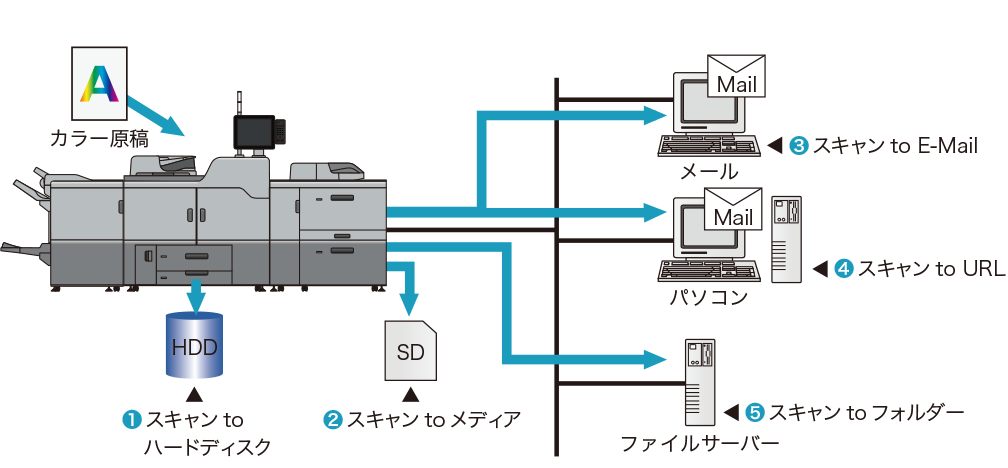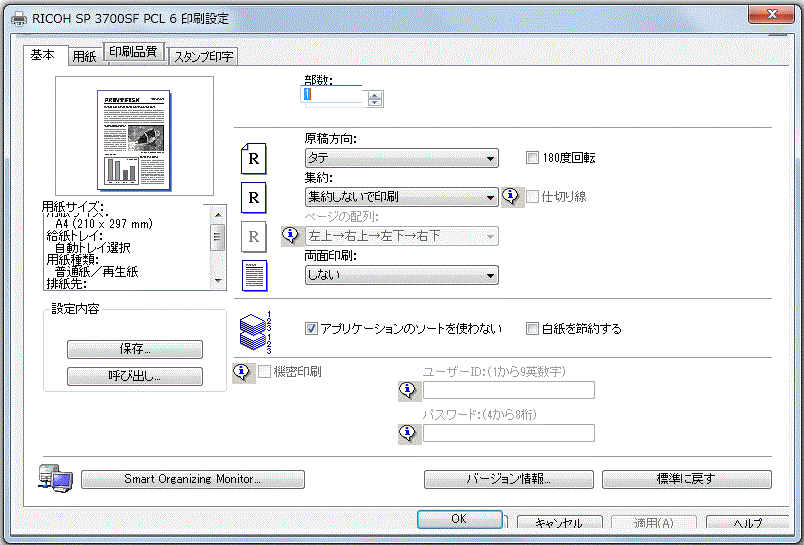
It's details like these that tell us this camera was made for and by photographers. It really makes things more convenient when shooting in the dark, saving you fumbling for a flashlight while changing lenses, flash cards, settings and more.Īnd while it won't get nearly the attention of that brand-new feature, the addition of a dedicated outdoor view control for LCD brightness is equally well thought out. The on-demand body lighting system - which illuminates not just the top-deck status LCD, but also the lens mount, rear panel controls, card slots and some connectors - is one of those things you just don't want to live without, once you've gotten used to using it. Perhaps the coolest of the K-1's features, though, are brand-new inventions. The on-demand body lighting system and outdoor view control are pure genius And sadly, the USB 3.0 connectivity of the most recent APS-C flagships is replaced by more commonplace USB 2.0, meaning wired file transfers will take a bit longer to complete. The other main ones are the absence of a built-in flash, something which we regret simply because it means you'll need an extra strobe for wireless flash setups.

That's one of a very limited number of omissions, though. In fact, there are so many great features we simply haven't room to mention them all! The lengthy list includes in-camera GPS, compass and tri-axis orientation sensors for geolocation, in-camera Wi-Fi for quick-and-easy sharing, and an uprated five-axis image stabilization system to fight blur.Īnd of course, there are dual card slots to provide ample storage, although sadly these aren't compatible with the highest-speed UHS-II cards. Much like Ricoh's APS-C flagship DSLRs before it, the K-1 is packed to the gills with tech. No question about it, the Pentax K-1 is an exceptionally well-specified camera. Ricoh packed the K-1 with plenty of features, but we do miss the popup flash And doubly so because it finally unlocks the potential in countless full-frame Pentax K-mount lenses which have been released over the decades, bringing full-circle a product line which has long been known for its impressive backwards-compatibility. It's a landmark product for Pentax and its brand-owner Ricoh, and one which finally plugs the sizeable gap between the company's impressive APS-C cameras, and its mighty 645-series medium format models.

With the arrival of the full-frame Pentax K-1, we finally have an answer to all of those questions.

When would it arrive - if ever - and how would it compete with rivals once it did? And if it created a full-frame camera, would Pentax be able to repeat its success in the sub-frame segment of the DSLR market, where its flagship K-7, K-5 and K-3-series cameras have rightly earned a reputation for good design and a rich feature set at an affordable price-point? My inital test was just an abuse of the redirect functionality that is being exploited for the vector.Full-frame: For years now, it's been the endless topic of discussion among Pentaxians. So without further ado, here are the petty little details: However, the ability to abuse any trusted internal IP should be treated as a threat.

It is nothing to get to terribly excited about as it's just a reflected XSS. I was poking at some Ricoh MFPs several days ago, when I found this.


 0 kommentar(er)
0 kommentar(er)
